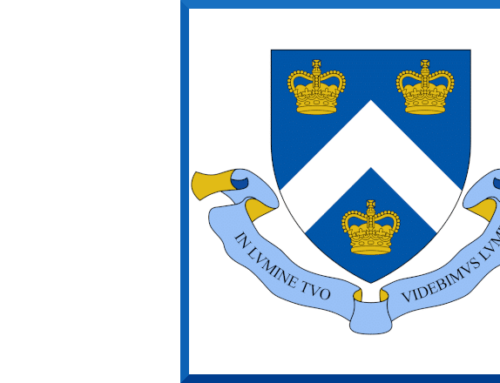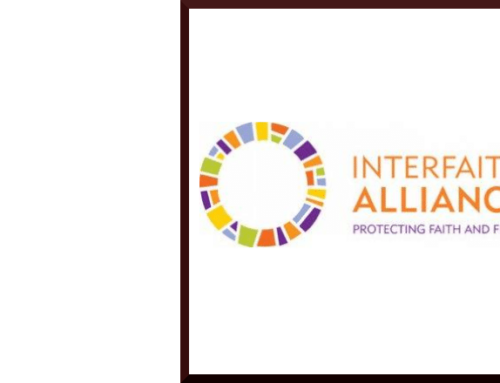Catholic League president Bill Donohue comments on a New York Times report, “The Lost Children of Tuam,” about an Irish Mother and Baby Home; it was published online October 28:
New York Times reporter Dan Barry tries desperately to affirm the unsubstantiated claims made by Catherine Corless, a secretary with no academic or research credentials, about the Mother and Baby Home in Tuam, Ireland. He fails. His account is more anecdotal than anything else, breaking no new ground.
Barry has not unearthed one iota of evidence to dispute the charge that I have repeatedly made: There never was a mass grave containing the remains of nearly 800 children. It is a hoax. Perpetrated by Corless, the Irish media, and the American media—especially Irish Central—Barry has now added his name to this discredited list.
In fairness to Barry, he does not take the fatal leap that Niall O’Dowd of Irish Central has. Barry writes of “the deaths of nearly 800 ‘illegitimate’ children at the since-demolished Mother and Baby Home in Tuam, County Galway, from 1925 to 1961.” Notice he says nothing about a “mass grave.”
Thus does Barry depart from O’Dowd’s false accusations. To be specific, Irish Central ran a bogus article earlier this year, “Tuam Mass Infant Grave is Confirmed, Now What Are We Going to Do?” In fact, no mass grave was ever confirmed. Even a government report never confirmed the existence of a mass grave. Does this not count for anything?
I will repeat my challenge to O’Dowd: Where are the pictures? Where are the pictures of the bodies of 800 children? Irish Central has a moral obligation to provide pictures of the bodies found in an unmarked grave.
Barry may not have taken O’Dowd’s bait, but he is guilty of saying that Corless has exposed “this property’s appalling truths.” So what are those truths? Anecdotal musings are not a substitute for evidence. Moreover, the more serious the charge, the more credible the evidence must be.
The closest Barry comes to providing evidence is his discussion of Mary Moriarty, a woman who called Corless about her story.
Moriarty said that in 1975, when she was a young married mother living in subsidized housing on the grounds of the former Mother and Baby Home, she and several neighbors encountered a young boy running around with a skull on a stick. He told them there were many more, and they followed him to the site. When they got there, Moriarty said the ground under her gave way, and she fell into a cave or tunnel.
Barry writes, “As far as she could see were little bundles stacked one on top of another, like packets in a grocery, each about the size of a large soda bottle and wrapped tight in graying cloth.” What were in those bundles? Barry does not say because Moriarty never bothered to find out.
Moriarty then reached out to Julia Carver Devaney, who once lived in the Mother and Baby Home, and later worked there. Speaking about the same site, she said, “Ah, yeah, that’s where the little babies is. Many a little one I carried out in the nighttime.”
Did Moriarty contact the authorities? No. Did she ask anyone to investigate? No. She offered her story in 2014, almost 40 years after her alleged findings. Barry never bothers to question why, or to question those who worked alongside Moriarty to validate her story.
As it turns out, 1975 was the same year when Barry Sweeney, and a friend of his, stumbled on a hole on the grounds of the Mother and Baby Home and found skeletons. In 2014, he was asked by the Irish Times to comment on Corless’ claim that there are “800 skeletons down that hole.”
Sweeney said, “Nothing like that.” How many were there? “About 20.” He later told a reporter for the New York Times there were “maybe 15 to 20 small skeletons.” This eyewitness account contradicts the Corless story, yet is apparently of no interest to Barry.
When the Corless account made a media splash in 2014, Ireland’s Minister for Education, Ruairi Quinn, said her story was “simply not true.” The local police said at that time that “there is no confirmation from any source that there are between 750 and 800 bodies present.” (My italics.)
Why didn’t Barry mention any of this? Why is he so willing to give the benefit of the doubt to the unsubstantiated claims made by a local secretary? Why did he not question Corless about how her story continued to evolve, in a more dramatic fashion, as she became a media sensation? I have written about this before and am awaiting someone to answer me.
The willingness to believe the worst about the Catholic Church in Ireland is what Irish Central is known for—it loves the Irish, but is not exactly friendly to the Church. The New York Times, which has shown it is capable of rendering an honest account of this issue, should know better than to get ensnared in this trap.
The Irish are gifted storytellers. But there is a difference between telling stories and providing empirical evidence about a serious issue.







